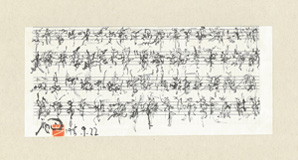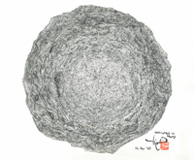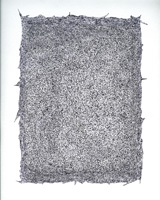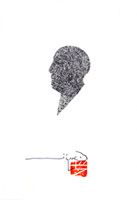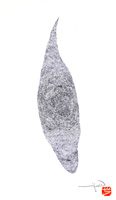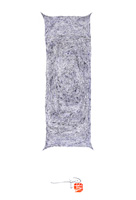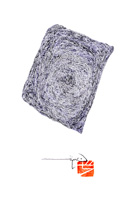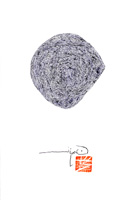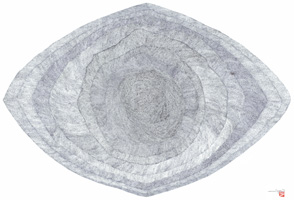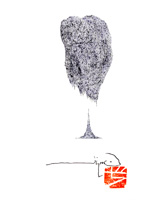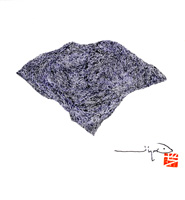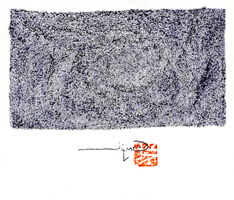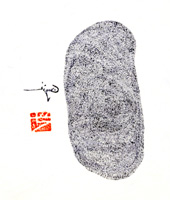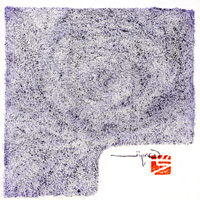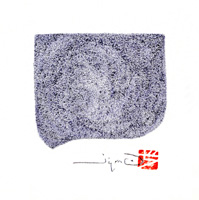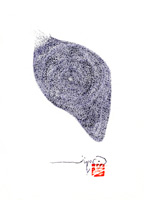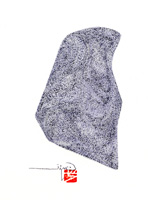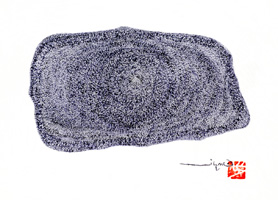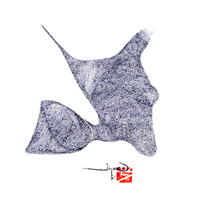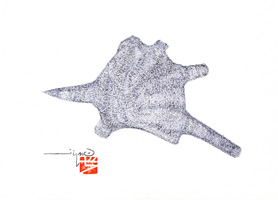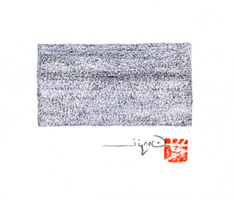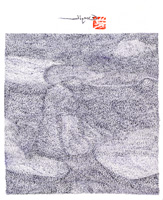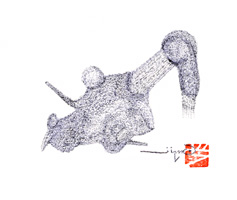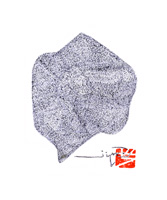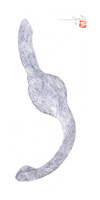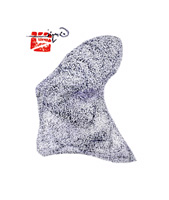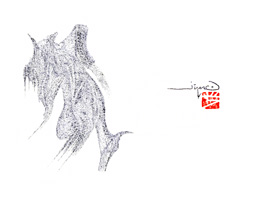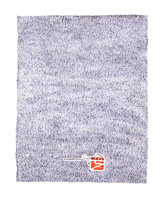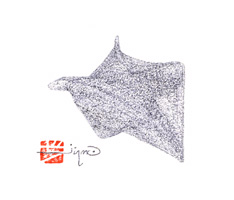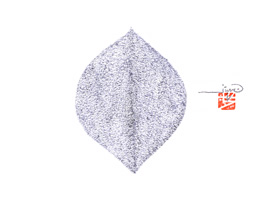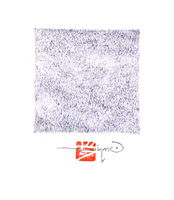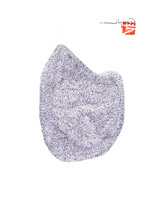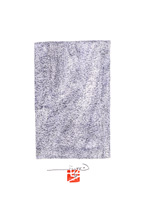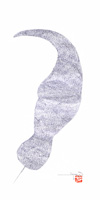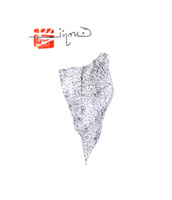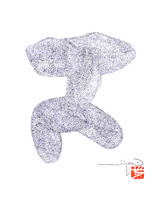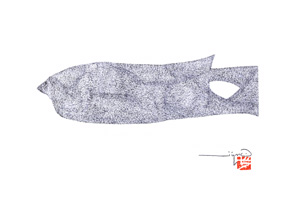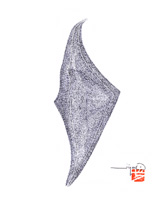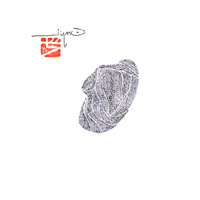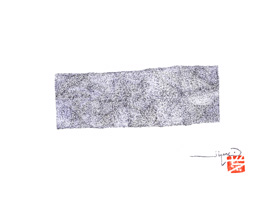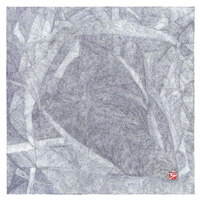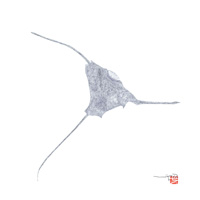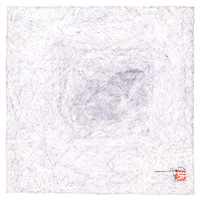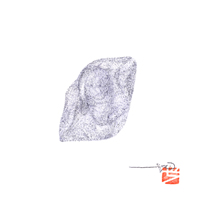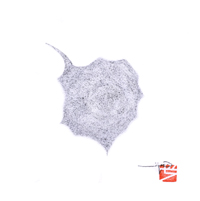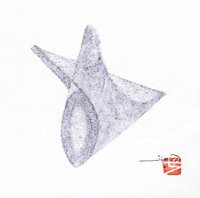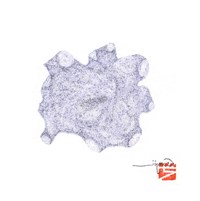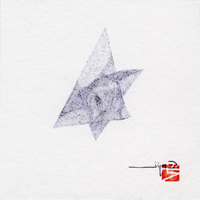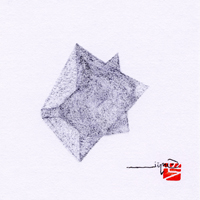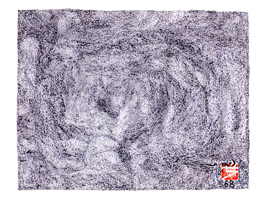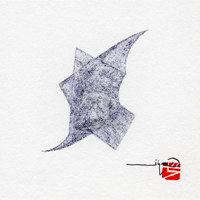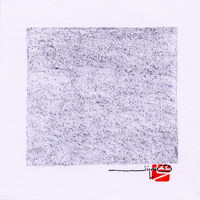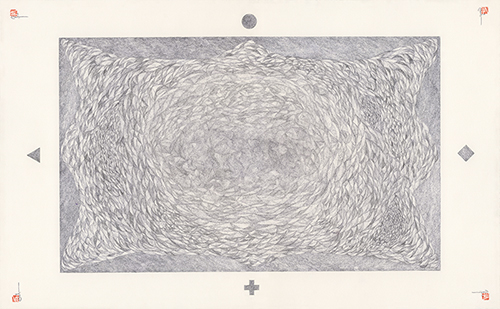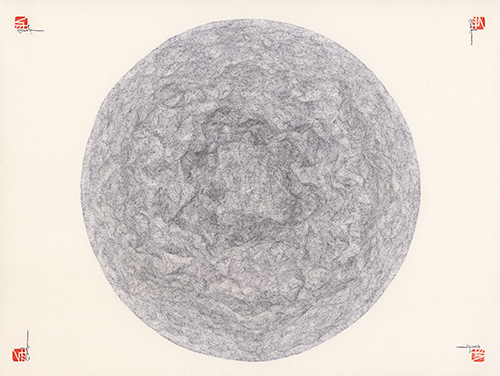+++ nanoZen +++
|
nanoZen 001
|
nanoZen 002
|
|
nanoZen 003
270 x 220mm Private collection
|
nanoZen 004
|
nanoZen 005
|
nanoZen 006
350 x 140mm Private collection
|
|
nanoZen 007
150 x 100mm Private collection
|
nanoZen 008
150 x 100mm Private collection
|
nanoZen 009
250 x 170mm Private collection
|
nanoZen 010
"Avant-eye" 270 x 400mm Private collection
|
|
nanoZen 011
110 x 90mm Private collection
|
nanoZen 012
150 x 100mm Private collection
|
nanoZen 013
90 x 110mm Private collection
|
nanoZen 014
70 x 60mm Private collection
|
|
nanoZen 015
70 x 60mm Private collection
|
nanoZen 016
60 x 70mm now on view in Spain
|
nanoZen 017
70 x 60mm Private collection
|
nanoZen 018
70 x 70mm Private collection
|
|
nanoZen 019
70 x 70mm Private collection
|
nanoZen 020
70 x 70mm Private collection
|
nanoZen 021
110 x 80mm Private collection
|
nanoZen 022
110 x 80mm Private collection
|
|
nanoZen 023
80 x 110mm Private collection
|
nanoZen 024
90 x 90mm Private collection
|
nanoZen 025
90 x 90mm Private collection
|
nanoZen 026
70 x 60mm Private collection
|
|
nanoZen 027
80 x 110mm Private collection
|
nanoZen 028
60 x 70mm Private collection
|
nanoZen 029
110 x 90mm Private collection
|
nanoZen 030
60 x 70mm Private collection
|
|
nanoZen 031
70 x 60mm Private collection
|
nanoZen 032
200 x 100mm now on view in Spain
|
nanoZen 033
70 x 60mm Private collection
|
nanoZen 034
80 x 110mm Private collection
|
|
nanoZen 035
100 x 100mm Private collection
|
nanoZen 036
|
nanoZen 037
|
nanoZen 038
60 x 70mm Private collection
|
|
nanoZen 039
80 x 110mm Private collection
|
nanoZen 040
70 x 60mm Private collection
|
nanoZen 041
110 x 90mm Private collection
|
nanoZen 042
110 x 80mm Private collection
|
|
nanoZen 043
|
nanoZen 044
110 x 90mm Private collection
|
nanoZen 045
70 x 60mm Private collection
|
nanoZen 046
110 x 90mm
Private collection
|
|
nanoZen 047
|
nanoZen 048
110 x 90mm Private collection
|
nanoZen 049
70 x 70mm Private collection
|
nanoZen 050
110 x 80mm Private collection
|
|
nanoZen 051 Aurora
192 x192 mm
|
nanoZen 052
140 x 120mm
|
nanoZen 053
174 x 174mm
|
nanoZen 054
110 x 154mm
|
|
nanoZen 055
134 x 134mm
Private collection
|
nanoZen 056
80 x 80mm Private collection
|
nanoZen 057 Private collection
|
nanoZen 058
80 x 80mm
|
|
nanoZen 059
80 x 80mm
|
nanoZen 060
80 x 80mm
|
nanoZen 061
80 x 80mm
|
nanoZen 062
80 x 80mm
|
|
nanoZen 063
80 x 80mm
|
nanoZen 064
80 x 80mm
|
nanoZen 065
85 x 110mm
Private collection
|
nanoZen 066
80 x 80mm
|
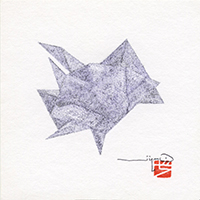 |
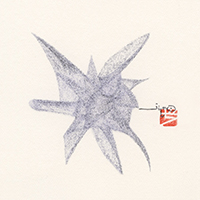 |
||
|
nanoZen 067
|
nanoZen 068
|
nanoZen 069
80 x 80mm
|
nanoZen 070 Private collection
|
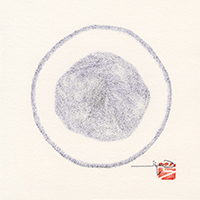 |
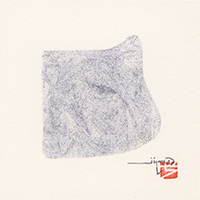 |
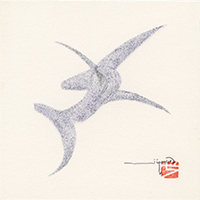 |
 |
nanoZen 071 |
nanoZen 072
|
nanoZen 073 |
nanoZen 074 80 x 80mm |
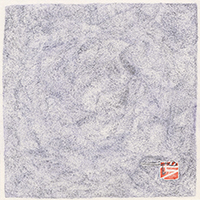 |
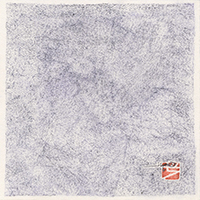 |
||
| nanoZen 075 80 x 80mm |
nanoZen 076
|
||
 |
 |
 |
 |
nanoZen 077 Private collection |
nanoZen 078
|
nanoZen 079 |
nanoZen 080 |
nanoZen 081 "The Doors of Perception" 315 x 510mm |
 |
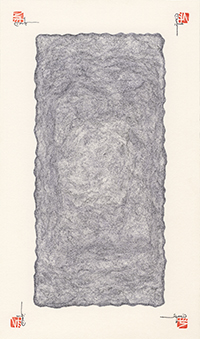 |
|
nanoZen 082 Private collection |
nanoZen 083 280 x 135mm |
nanoZen 084 228 x 135mm |
nanoZen 085 "Shin-Ensoh" 210 x 280mm |
Never-Before-Seen Drawings - eMico (Curator)
I had never seen drawing like this. Well, I'm not sure that I might call them drawings, though the figures in the frames look like drawing works often seen. nanoZen, the monochrome visual, I heard that they were drawn with ball point pens, mass produced ballpoint pens which are sold everywhere. Anyhow, I realized that it was an encounter with the unknown all above my head and found the answer such as the words on the beginning, it has passed as much as half a year since I first saw nanoZen. However, I've been strongly attracted to nanoZen still, it's because of making process with automatism. On making process with automatism, he artist's intention should be eliminated as much as possible physically and mentally. Making process on automatism is the one of the most interested research subject for me since I found Andre Masson the practitioner of automatic drawing in surrealisme. I had looked for clues for automatism the side of the action of the artist, that the capture from the physical relation in particular, While I interviewed numerous times with JINMO who has known as an eminent guitar player, I found that he also had a profound knowledge of the world of hand drawing, and his extremely delicate well honed physical sense for hand drawing, and that.I've been attracted to the world of nanoZen. While I have researched his making process of his visual art "OpticArt" such as Bakuboku (Explosive Calligraphy), GaV and nanoZen which are opposed to his acoustic art "SonicArt" as he called, I found that he is the proficient calligrapher. Although JINMO told me that he had started drawing nanoZen suddenly, I'm sure that the soil for nanoZen had been exist in him, and the seed which is blooming into nanoZen would been prepared in advance but unintentionally. Therein I do rejoice. By the way, the reason why I felt nanoZen as quite new thing that I haven't seen, I was wondering artists would never try to drawing with particles which can not be seen. JINMO's nanoZen, it is the vestiges of long continuous engraving of uncapturable dots without microscope. It might be automatism in literal meaning. And it is so interesting and I'd like to consider more longer. JINMO told me that he had most influenced by Akutagawa and Picasso, I inflate my imagination that his philosophy which is the root of his expression had been cultivate with his wide-ranging friendship among Taro Okamoto, Kazuo Ohno and more. It is a projection of the memory of JINMO, it would be also a projection of the world's memory as well. nanoZen works are the one of his expressions. However, the basis of the uniqueness of JINMO's art is probably formed with everlasting affirmation to the whole of creation so innocently. Then he split the border that is filled to the existing ones, he show us an encounter with the unknown in the best situation, always. translated by Ageha Avant-attaque
|
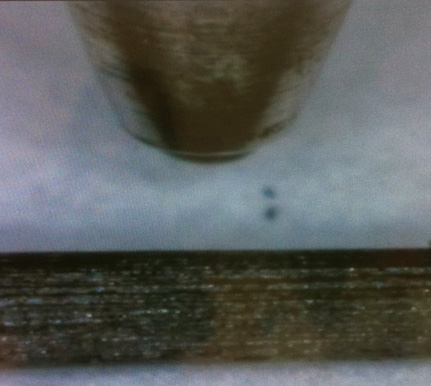 |
Left picture is the micrograph of basic form of nanoZen which was drawn by JINMO in public at the office of Scalar Co. taken at February 15th 2011. Black column at the bottom of the picture is 500 microns thick of automatic pencil lead for size comparison. JINMO depicted 2 dots of approximately 30 microns at intervals of approximately 30 microns as large as each dot. 30 microns is approximately equal to the size of leukocytes in humans. Besides, the smallest object for human eyes is approximately 50 microns, and the limits of resolution for recognition of two dots is approximately 100 microns. That is, humans are usually unable to recognize the basic form of nanoZen or depict it. |
taken by Scalar Co. |
About nanoZen / JINMO In the birth of "Calligraphy", the original implication was major paradigm shift finding not only the information on letters but also "abstract beauty" as a reflection of mental imagery (reflection of imagination) of calligraphers from the form of letters which was merely media for transmit information. In Zen Buddhism, as a purely abstract phase which is void but reflects of mental imagery of calligrapher,"Ens?" was born . Calligraphes abandoned their framework as letters so far and it emitted purity of abstract beauty. It is sequence to "abstract calligraphy" in nowadays, the letters had abandoned the diagrammatical form on their own, it is not two-dimensional "visual art" any longer. However, since the late 20th century, calligraphy ends up with fixed style for adaptation or copying of precursors. Calligraphy lost the intrinsic, anarchic energy to explode the tradition, to step forward from precedents. That's the reality of calligraphy. "nanoZen" is a "phenomenon" it reflects mental imagery of calligrapher which is based on original calligraphy. It is energy for further progress since abstract calligraphy. It intends for the reality to live through digital age as being impossible to replicate with any digital photography or scanning. it rejects the replication in forte of the digital age.. "Drawing nanoZen", it would be restricted because of very fine, microscopic brush stroke which is invisible without microscope. When you confront with nanoZen, face to phase, the depth of recognition would be changed every moment by the depth of your vision.
|
 |
"I really love this artwork, I want to live with this all through my life." Ms.Caroline Lee, honorary and former chairwoman of "Salon de Mai" known as Picasso and Chagall had submitted their works in their life time, said. My work has awarded at 30th Salon de Finears Exhibition. http://twitpic.com/2rqtko -Quote translated from JINMO's post on his Twitter account on September 25, 2010-
|
![]()
